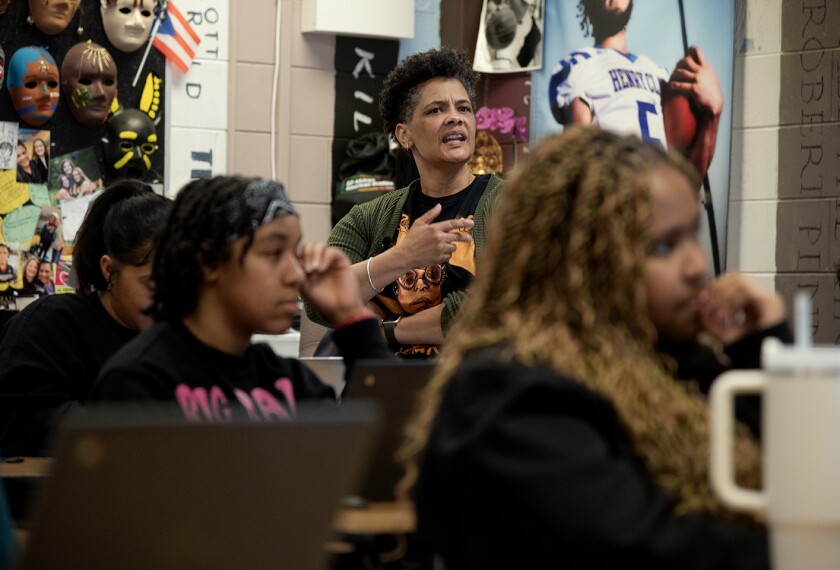To the Editor:
The study referenced in the article “Credit Hours Are Still Useful Measures for Schools, Study Concludes” (Feb. 4, 2015) is misleading and counterproductive to the search for a new model for education that does not rely on the century-old Carnegie unit, or credit hour, especially regarding competency-based learning. This study is tantamount to giving the foxes cover to continue to raid the chicken coops.
To be fair, the article clearly cites other views in addition to the study referenced in the headline. But the headline suggests that continuing in a system based on time has merit. This is a dangerous take-away that would be laughable if not for the reality of the harm the archaic devotion to an out-of-date measure for education does to the progress and success of the country’s students.
The article quotes Noelle Ellerson of AASA, the School Superintendents Association, as saying that “the system continues to rely on [the Carnegie unit] because, in large part, the Carnegie unit is the system.”
But, as most people already know, the Carnegie unit was not initially intended to measure student learning and did not gain widespread adoption until it was tied to retirement pensions for university professors. One of the study’s authors is quoted in the article as saying that the Carnegie unit is “a strong administrative tool for the system,” and that “it’s one of the few guarantees, if not the only one we have in American education, that all students have the most basic resource: time to learn.”
Hogwash! Making time the constant and learning the variable cheats our students by putting them on a steadily moving conveyer belt that ensures widely varying results in student performance and learning.
The time-based Carnegie unit is the problem with our education system. It is an outdated measure that is structured to provide conveniences to adults, not to ensure student learning.
Fred Bramante
President
National Center for Competency-Based Learning
Durham, N.H.




